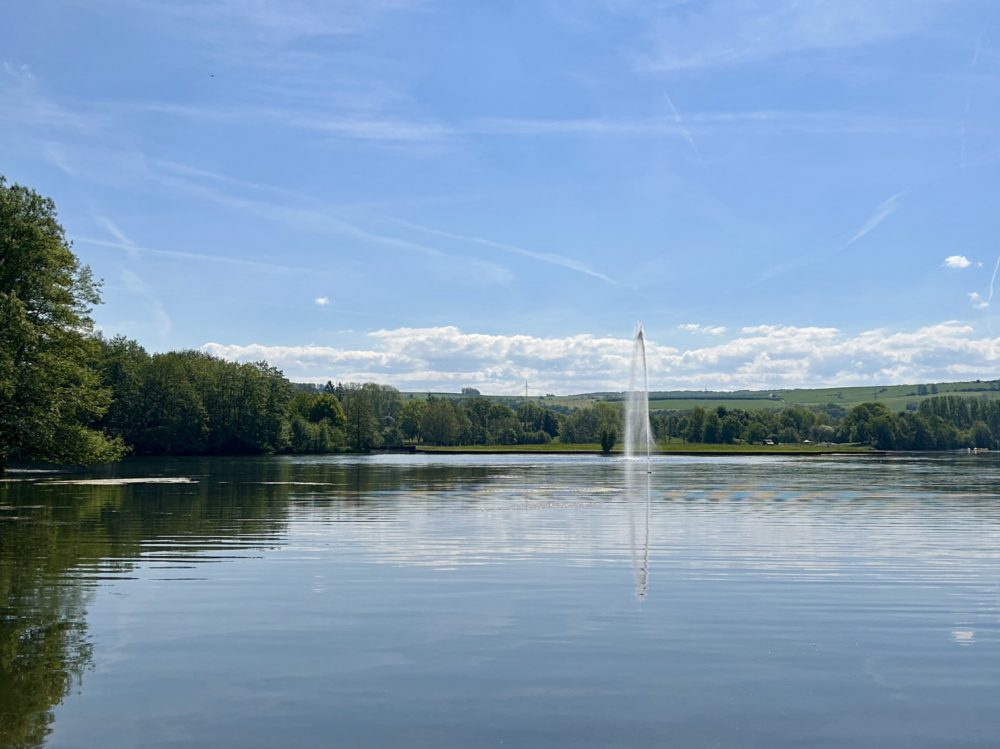The Aqueduc Saint-Clément, also known as the Aqueduc des Arceaux in Montpellier, France is a stunning engineering and architectural feat that dates back to the 18th century. ️
The aqueduct was built between 1753 and 1765 to bring water from the Saint-Clément spring to the water tower of the Peyrou Park, the highest point of the city. It was designed by Henri Pitot, a French hydraulic engineer who was inspired by the ancient Roman aqueducts, especially the Pont du Gard.
The aqueduct is 14 kilometers long and crosses three communes: Saint-Clément-de-Rivière, Montferrier-sur-Lez, and Montpellier. It has several monumental structures, such as the bridge over the Lironde river, which is listed as a historical monument, and the double row of arches in the Arceaux district, which gave its name to the neighborhood.
The aqueduct is not only a remarkable example of technical and artistic skill, but also a testimony of the social and cultural history of Montpellier. It was thanks to this aqueduct that the city could enjoy many fountains, gardens, and public baths, as well as improve its sanitation and health.
The aqueduct is still in use today, although it only supplies a small part of the city’s water needs. It is a popular attraction for tourists, who can admire its beauty and elegance, as well as enjoy the market that takes place at its foot every Tuesday and Saturday morning. ️
#montpellier #aqueduct #history #culture #france #visitfrance #francetourism






